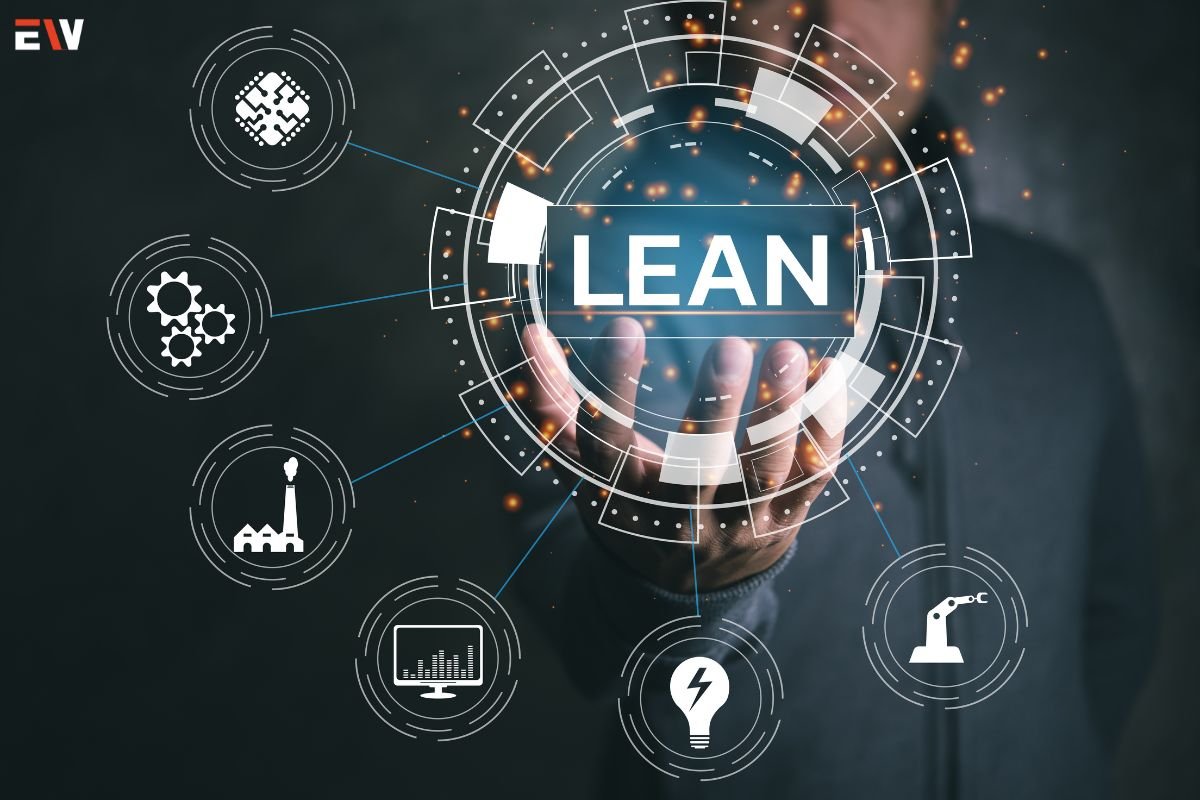Continuous improvement is a vital philosophy for businesses aiming to enhance efficiency, quality, and overall performance. By implementing continuous improvement techniques, organizations can identify and eliminate inefficiencies, adapt to changing environments, and maintain a competitive edge. This article delves into various continuous improvement techniques, their benefits, and how they can be effectively applied across different industries.
Key Continuous Improvement Techniques
1. Kaizen
Definition: Kaizen is a Japanese term meaning “change for the better.” It focuses on continuous, incremental improvements involving everyone in the organization.
Application: Encourage all employees to suggest improvements regularly, fostering a culture of constant innovation.
Example: A manufacturing company implementing daily Kaizen meetings where employees discuss potential improvements to the production process.
2. PDCA (Plan-Do-Check-Act)
Definition: PDCA is a four-step iterative process for continuous improvement and problem-solving.
Steps:
- Plan: Identify an opportunity and plan a change.
- Do: Implement the change on a small scale.
- Check: Analyze the results to determine if the change was successful.
- Act: If successful, implement the change on a larger scale; if not, begin the cycle again.
Example: A software development team using PDCA to refine their coding practices, resulting in fewer bugs and more efficient code releases.
3. Six Sigma
Definition: Six Sigma is a data-driven methodology aimed at reducing defects and variability in processes to improve quality.
Tools: DMAIC (Define, Measure, Analyze, Improve, Control), statistical analysis, control charts.
Example: A financial services company using Six Sigma to reduce errors in loan processing, leading to faster approval times and increased customer satisfaction.
4. Lean Manufacturing

Definition: Lean focuses on maximizing value by eliminating waste and improving process flow.
Tools: Value Stream Mapping, 5S, Kanban, Just-in-Time (JIT).
Example: A car manufacturer implementing Lean techniques to reduce inventory levels and improve production efficiency.
5. 5S
Definition: 5S is a workplace organization method that includes Sort, Set in Order, Shine, Standardize, and Sustain.
Application: Implement 5S to create a clean, organized, and efficient workplace.
Example: A hospital using 5S to organize medical supplies, reducing retrieval times and improving patient care.
6. Total Quality Management (TQM)
Definition: TQM is a holistic approach to long-term success through customer satisfaction, involving all members of an organization.
Principles: Customer-focused, total employee involvement, process-centered, integrated system, strategic approach, continuous improvement, fact-based decision-making, communication.
Example: A hotel chain using TQM to enhance guest experiences by involving employees in quality improvement initiatives.
7. Root Cause Analysis (RCA)
Definition: RCA is a method for identifying the root causes of problems and developing solutions to prevent recurrence.
Tools: 5 Whys, Fishbone Diagram (Ishikawa), Fault Tree Analysis.
Example: An airline using RCA to investigate the causes of maintenance delays and implementing corrective actions to improve turnaround times.
8. Benchmarking
Definition: Benchmarking involves comparing business processes and performance metrics to industry bests and best practices from other companies.
Application: Identify gaps and areas for improvement by studying top performers.
Example: A retail chain benchmarking its customer service practices against those of leading competitors to enhance the shopping experience.
Benefits of Continuous Improvement Techniques

- Enhanced Efficiency: Streamlining processes and eliminating waste leads to more efficient operations and reduced costs.
- Improved Quality: Focus on defect reduction and quality improvement ensures higher product and service standards.
- Increased Customer Satisfaction: Meeting and exceeding customer expectations through continuous improvement leads to higher customer satisfaction and loyalty.
- Employee Engagement: Involving employees in improvement initiatives fosters a sense of ownership and motivation.
- Competitive Advantage: Continuous improvement helps organizations stay ahead of competitors by constantly adapting and enhancing their processes.
- Sustainable Growth: Incremental improvements contribute to long-term, sustainable growth and success.
Applying Continuous Improvement Techniques Across Industries
1. Manufacturing
- Example: A manufacturing plant implementing Lean and Six Sigma to reduce waste, improve quality, and increase production efficiency.
2. Healthcare
- Example: A hospital using PDCA and 5S to streamline patient flow and reduce waiting times, resulting in better patient care.
3. Software Development
- Example: A software development company adopting Agile methodologies and continuous integration to improve code quality and accelerate delivery.
4. Retail
- Example: A retail chain using benchmarking and TQM to enhance customer service and optimize inventory management.
5. Financial Services
- Example: A bank implementing Six Sigma to reduce errors in transaction processing and improve customer satisfaction.
Steps for Implementing Continuous Improvement Techniques

- Leadership Commitment: Secure commitment from top management to support continuous improvement initiatives.
- Employee Involvement: Involve employees at all levels in the improvement process and encourage their participation.
- Training and Education: Provide training on continuous improvement techniques and tools to build expertise within the organization.
- Project Selection: Identify and prioritize improvement projects that align with business goals and have significant impact.
- Use of Tools: Implement appropriate continuous improvement tools and techniques based on the specific needs of the organization.
- Monitoring and Evaluation: Continuously monitor the progress of improvement initiatives and evaluate their effectiveness.
- Sustaining Improvements: Implement mechanisms to ensure that improvements are sustained over time and do not revert to previous states.
Conclusion
Continuous improvement techniques provide a structured approach to enhancing efficiency, quality, and overall performance. By adopting methodologies such as Kaizen, PDCA, Six Sigma, Lean, 5S, TQM, RCA, and benchmarking, organizations can drive sustainable growth and maintain a competitive edge. Successful implementation of continuous improvement requires leadership commitment, employee involvement, and the strategic use of tools and techniques. Embracing a culture of continuous improvement ensures that businesses can adapt to changing environments and deliver superior value to customers.










